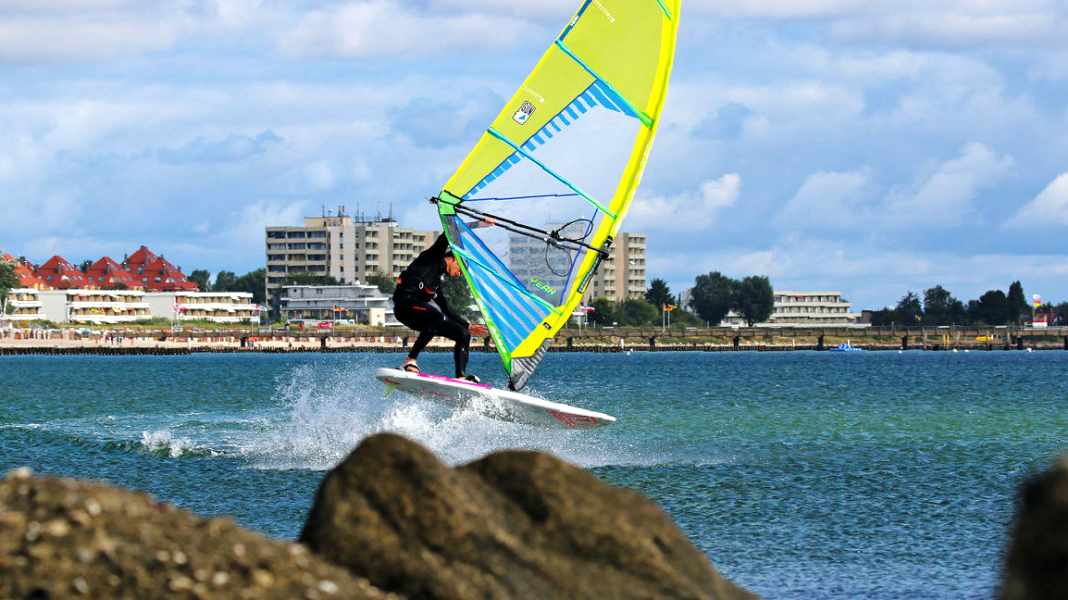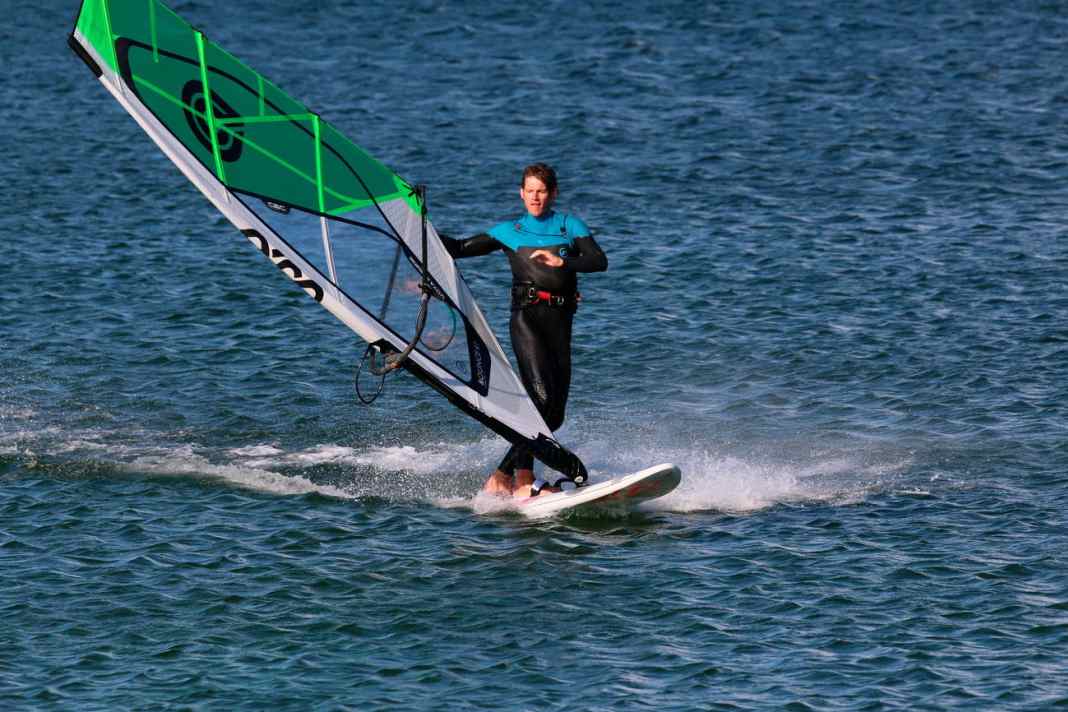
What began in the late 1990s at legendary competitions such as the "King of the Lake" on Lake Garda has developed into one of the most dynamic disciplines in windsurfing today: Freestyle means tricks, slides, loops and other jumps on flat water. In the early days, it was mainly gliding manoeuvres such as jibes and first jumps that were shown, but since then the level has gone through the roof and new tricks are being invented and combined almost daily.
Until a few years ago, the profile and design of freestyle sails were very similar to wave sails, with the exception of numerous reinforcements in order to make the sails lighter and easier to handle. Since around 2010, freestyle sails have been developing more and more in a special direction that takes into account the trend towards "submerged" manoeuvres such as Funnell, Kono, Bob or Burner. Sails should "duck" neutrally and without any disturbing life of their own. Common sail sizes are 4.0 to 5.6, which are stabilised by 4-5 battens.The special characteristics are made possible by a no less special sail design.
Here are the most important key data:






Freestyle sails are specialist sails for specialists! You can savour the advantages above all when ducking - if you want to practise Kono, Bob, Burner and other comparable tricks, you need a pure freestyle sail. Anyone who only performs tricks sporadically (classic manoeuvres, airjibe, spock, flaka), is looking for a strong wind sail for heating or even wants to use a freemove or freeride board with it, should definitely prefer a wave or freemove sail, as freestyle sails have comparatively poor control in strong winds and therefore a small range of use.
Ideal board type for the sailing group:Freestyle boards
